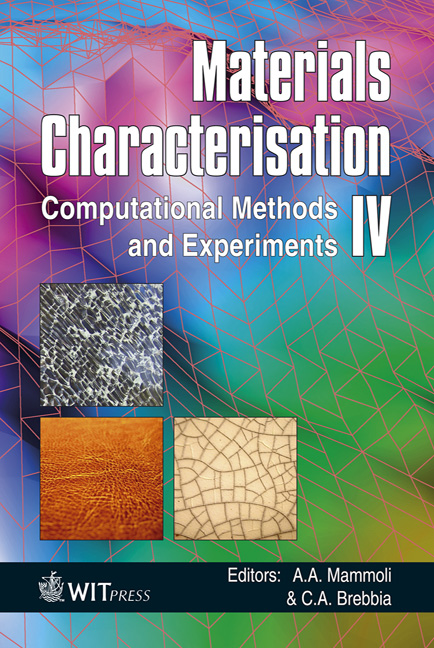Evaluation Of ABS Patterns Produced From FDM For Investment Casting Process
Price
Free (open access)
Transaction
Volume
64
Pages
10
Page Range
319 - 328
Published
2009
Size
593 kb
Paper DOI
10.2495/MC090301
Copyright
WIT Press
Author(s)
W. S. W. Harun, S. Safian & M. H. Idris
Abstract
The paper presents the investigation of the Acrylonitrile Butadiene Styrene (ABS) pattern produced from Fused Deposition Modeling (FDM) for use as a pattern for an investment casting process. The investigations were carried out to establish the physical and collapsibility characteristics of an H-shape pattern produced from two different construction methods, i.e. hollow and solid, using rapid prototyping FDM2000 machine. Surface roughness, dimensional accuracy and distortion were evaluated to establish the physical characteristics of the pattern constructed. Results on surface roughness showed no significant variation between hollow and solid constructed patterns. As for dimensional accuracy, hollow patterns produced better accuracy compared to solid patterns. However, the result on distortion shows that hollow constructed patterns experienced 33.11% higher than solid constructed patterns. For collapsibility investigation, shell investment casting mould built from the two different pattern construction methods were fired to a temperature ranging from 300°C to 600°C. The moulds were weighted at a predetermine temperature intervals to establish the collapsibility characteristic of the patterns. ABS (P400) was found feasible to be used as an investment casting pattern material. Hollow pattern construction proved to be more viable than solid pattern construction in terms of dimensional accuracy, mould cleanliness, pattern collapsibility and no mould cracking at all temperatures. Keywords: ABS, FDM, investment casting.
Keywords
ABS, FDM, investment casting





